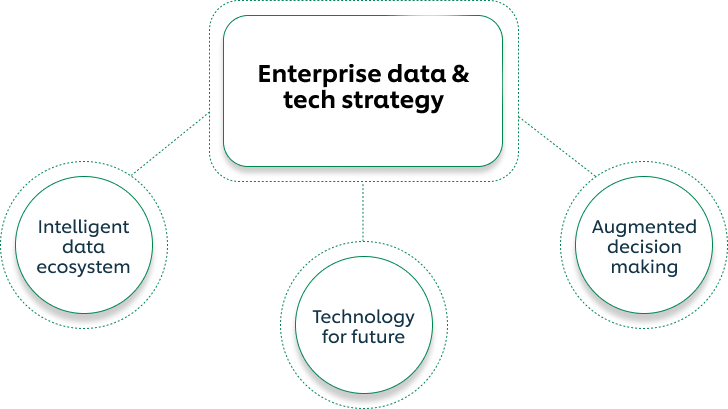Reimagine HUL
We are digitally transforming HUL to an intelligent enterprise. We are moving from a linear value chain to a non-linear interconnected ecosystem across consumer, customer and operation with data, tech and analytics at its core.

We are digitally transforming HUL to an intelligent enterprise. We are moving from a linear value chain to a non-linear interconnected ecosystem across consumer, customer and operation with data, tech and analytics at its core.

Rapid digitalisation in India has led to fragmentation of consumer choice, channel shifts and the creation of new service ecosystems which will continue to impact how our consumers interact with brands.
To drive agility and resilience for our business, with a focus on sustainable growth, we are moving from the traditional linear value chain model to an interconnected web of non-linear ecosystems. In 2016, we envisioned ‘Reimagine HUL’ to create an intelligent enterprise that is data-led, machine-augmented and fit for the heterogeneous nature of our country. This is enabling us to seamlessly connect our consumer, customer and operation ecosystems leading to a superior experience for all our stakeholders.

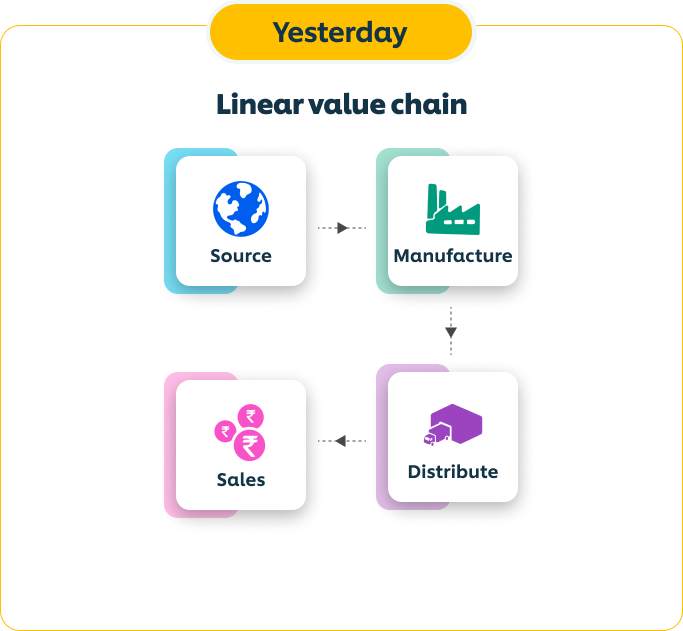


To match the rapidly evolving consumer landscape, we are focussing on faster-better innovation, using next generation media tools to reach consumers effectively and efficiently.
Through our People Data Centre, combined with social listening, we are picking insights and consumer trends faster.
Our ‘Agile Innovation Hub’ with cutting edge product design, development and testing processes has significantly enhanced our speed to launch innovations. We are leveraging data and technology in our media deployment to ensure that we reach the right audiences with the right messaging, at the right time.
Our D2C platforms such as Lakmé, Simple, Love Beauty and Planet and multi-brand website, UShop, are directly engaging with consumers, enabling an end-to-end shopping experience.
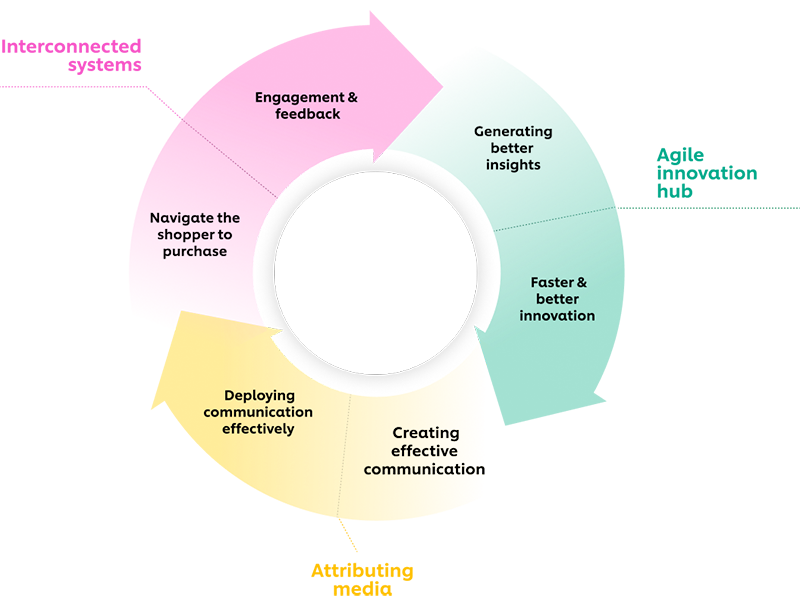

Lakmé is amongst the forerunners in the digital curve with
beauty-tech solutions such as virtual try-on and Artificial Intelligence (AI) Skin Analyser on its D2C platform. This allows consumers to replicate their offline journeys online. Lakmé is also the most followed Indian beauty brand on Instagram, has over 20 lakh D2C website visits per month and 30% of sales taking place digitally. We are also creating new ecosystems to scale influencer marketing and lead the curve on upcoming opportunities like social commerce platforms.
Our customer ecosystem entails three key pillars- Demand Generation, Demand Capture, and Demand Fulfilment. We are building competitive moats across these three pillars using data and technology.
India’s retail landscape is rapidly evolving as technology continues to influence consumer behaviour, with shoppers’ path to purchase now spanning various channels and devices. We are seeing the rise of new models like hyper-local commerce and quick commerce.
To service the needs of our shoppers, we have adapted a D4C (Design for Channel) approach in launching brands and SKUs. We are digitising general trade through our
e-B2B solution – Shikhar.
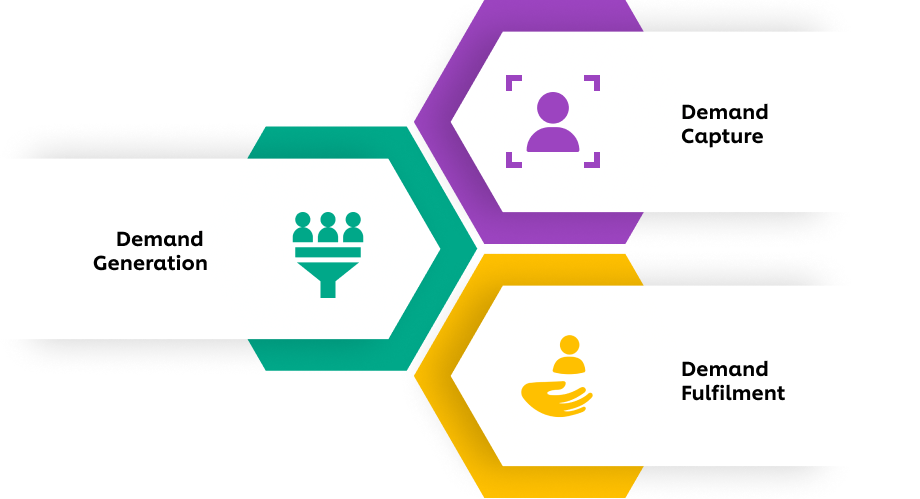
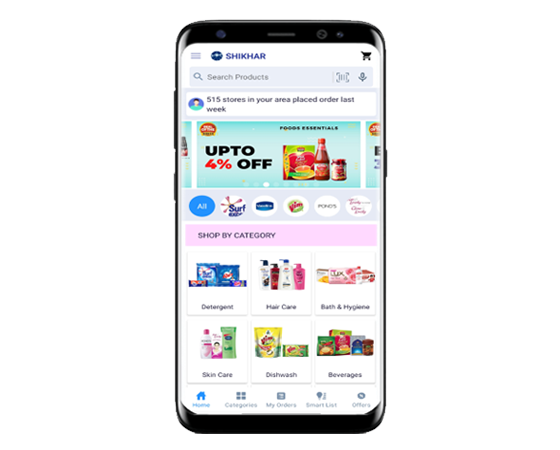
Shikhar provides retailers with the flexibility to order at any point of time without waiting for our salesman to visit the store. It also recommends the right assortment, ensures reliable service and enables easy credit to the retailer. Shikhar is gaining traction with retailers and has rapidly scaled up to cover over 8 lakh stores. Together with Shikhar, e-Commerce and D2C we capture more than 20% demand digitally.
We are digitally transforming our supply chain to enable greater agility, flexibility, and efficiency across the value chain. This allows us to produce closer to demand, fulfil demand faster and more reliably at lower cost.
We are leveraging Artificial Intelligence and Machine Learning to augment demand sensing, forecasting, and planning of our operations cycle. We are digitising our upstream sourcing network allowing us to perform significantly better on cost, agility, resilience, and traceability of materials.
Digitisation of our future manufacturing network allows us to interlink our manufacturing network as one entity with full visibility across sites. We are also making our distribution infrastructure future-fit through warehouse automation and optimised last mile logistics. This is driving fulfilment with reduced lead times to deliver faster and reliable service to the retail outlets.

We are leveraging technology to create advanced manufacturing sites such as Dapada factory, which became the first Indian FMCG manufacturing site to be recognised as Lighthouse Factory by the World Economic Forum.
We are setting up nano factories that enable us to produce in small batches of kilograms rather than tonnes giving us more flexibility and agility.
Our advanced dispatch centres such as Samadhan are compressing fulfilment timelines thereby leading to faster dispatches and demand fulfilment.
Data is at the core of all the three ecosystems of Reimagine HUL with a focus on maximising leverage across the business while ensuring continued consumer trust and compliance.
We continue to treat data as an enterprise asset and enable data-driven decision-making in all parts of our business. We are enhancing capabilities like Livewire, which combines disparate data sets and helps analyse our performance across multiple business levers. We have also created our search engine, Chanakya, which culls out granular data and enables deep dives at speed and scale. Jarvis, powered by machine learning, allows optimisation of investments across price, promotion, and media levers for our brands. It helps us understand nuances like price elasticity and simulates different market scenarios, augmenting our knowledge and intuition.

